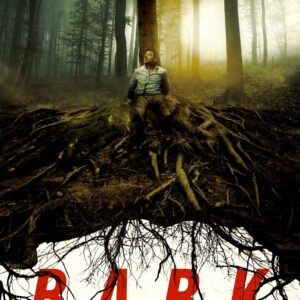Sleep paralysis, a phenomenon that occurs when a person is unable to move or speak while falling asleep or waking up, has long been a source of fascination and fear. This mysterious experience has captured the attention of filmmakers, leading to the creation of several movies that delve into the terrifying world of sleep paralysis.
One notable film that delves into this phenomenon is “Dead Awake,” directed by Phillip Guzman. The movie follows the story of a young woman who becomes plagued by sleep paralysis after the mysterious death of her twin sister. As she delves deeper into the reason behind her sister’s demise, she uncovers a terrifying truth about a malevolent entity that preys on those experiencing sleep paralysis.
Another film that explores the horrors of sleep paralysis is “The Nightmare” by Rodney Ascher. This documentary-style film interviews real people who have experienced sleep paralysis, recounting their terrifying encounters with shadowy figures and demonic entities during their episodes. The film blurs the lines between reality and nightmare, leaving viewers questioning the true nature of this chilling phenomenon.
In addition to these films, the concept of sleep paralysis has also made its way into popular television shows such as “American Horror Story” and “Supernatural.” These shows have featured episodes centered around sleep paralysis, using it as a plot device to create tension and fear among characters.
The allure of sleep paralysis in movies lies in its ability to tap into primal fears and the unknown depths of the human mind. By portraying the helplessness and terror that accompany sleep paralysis, filmmakers are able to evoke a sense of dread and unease in audiences, creating an immersive viewing experience that lingers long after the credits roll.
As our understanding of sleep paralysis continues to evolve, so too does its portrayal in media. Filmmakers and storytellers alike are drawn to the haunting nature of this phenomenon, using it as a canvas to explore themes of fear, vulnerability, and the supernatural.
In conclusion, sleep paralysis remains a captivating subject in the realm of cinema, offering a glimpse into the darker corners of the subconscious mind. Through the lens of movies and television shows, audiences can immerse themselves in the chilling world of sleep paralysis and experience the spine-tingling thrill of facing their deepest fears in the dead of night.






